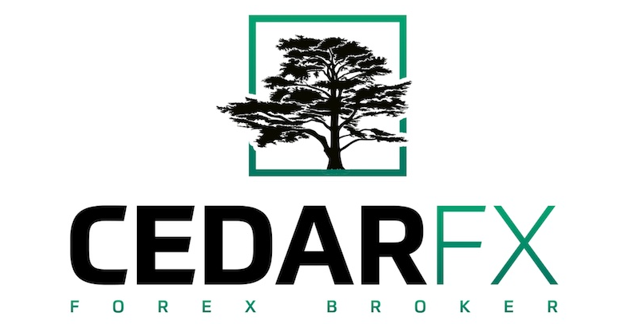A look at five trading indicators to enhance your trading this year

Everyone can trade forex, but not everyone can trade forex well. In this day and age, making profitable returns can be achieved by using trading indicators.
The forex market does not operate at random. On the contrary, many economic theories suggest that there are patterns that can be identified through various mathematical equations. If you're not great with numbers, trading indicators can soon become your best friend.
What is a Forex trading indicator?
Trading indicators are tools used for technical analysis when trading forex or CFDs on stocks, indices, commodities and more. Essentially, indicators are complex mathematical calculations that are presented in the form of lines and graphs on a market chart.
The purpose of implementing these indicators is to help traders understand what's happening on the price charts and identify trends to make better decisions when opening a position. Indicators come in many forms and, if you're using MetaTrader 4, many will already be included on the trading platform.
Who are Forex trading indicators for?
Forex trading indicators form part of any technical trader's strategy, as they provide insight into price trends over time. Following a year of much volatility in 2020, adding indicators to your trading strategy in the year ahead can help you understand the markets to earn higher profits.
When it comes to choosing which Forex trading indicator to use, you will need to consider your own personal trading style, experience and skill. If you want to take your trading strategy to the next level by trying out different indicators, you can practice on a free demo account.
In this article, we'll go through five popular trading indicators that you can use to enhance your strategy. Keep in mind that each indicator is best suited for a specific trading style and may also vary on your own trading psychology.
1. Simple Moving Average Indicator (SMA)The Moving Average Indicator, or simple moving average, is used to indicate the direction in which a price is moving along a trend, excluding shorter-term price movements. The SMA identifies significant price points for an asset in a chosen time frame, dividing the totals by the number of data points to present a single trend line. Traders can choose the time period that they want to focus on, to view and analyse historical price action and determine future price patterns!
2. Exponential Moving Average (EMA)Another type of moving average indicator is the Exponential Moving Average. The EMA places greater emphasis on more recent data points, which may have a more significant impact on future price trends. This indicator can be used alone or in combination with other indicators to judge the legitimacy of trends spotted by other indicators based on newer data. Much like the SMA, this indicator can be applied to both long-term and short-term timeframes with averages ranging from 12 to 200 days.
3. Moving Average Convergence Divergence Indicator (MACD)The Moving Average Convergence Divergence Indicator, or MACD, is another useful tool in a trader's toolbox. This indicator is particularly suited for identifying differences in momentum between two moving averages. If two moving averages are moving closer together -ie. 'converging' -momentum is decreasing, whereas if they are moving away from each other -ie. 'diverging' -momentum is decreasing. As a result, traders who use this tool are in a better position to analyse price action around the support and resistance levels of an asset, helping them know when it's a good time to buy or sell.
4. Bollinger BandsThere's a reason why Bollinger bands have become so popular, and that's because they're a useful indicator for when markets become more rebellious than usual. Bollinger bands provide an established price range within which an asset is normally confined, widening or tightening based on recent volatility levels. This indicator, therefore, can be used to forecast long-term price movements to understand when an asset may be overbought or oversold, too.
5. Stochastic OscillatorIf you're looking for an indicator that shows both momentum and strength of a trend, the Stochastic Oscillator is the solution. By comparing specific closing prices of a particular asset, to its price ranges over a period of time on a scale of 0-100, this indicator helps traders identify when a market is oversold or overbought. Forex trading indicators have stood the test of time, providing a reliable means of analysing markets based on technical factors.
If you're looking to expand your trading horizons, try implementing a few trading indicators into your strategy and make the most of market movements.
With CedarFX, you can get access to a 0% Commission Account with up to 1:500 leverage and all the indicators you need to trade smarter. Create a free account at www.Cedarfx.com.
This article was submitted by CedarFX.




